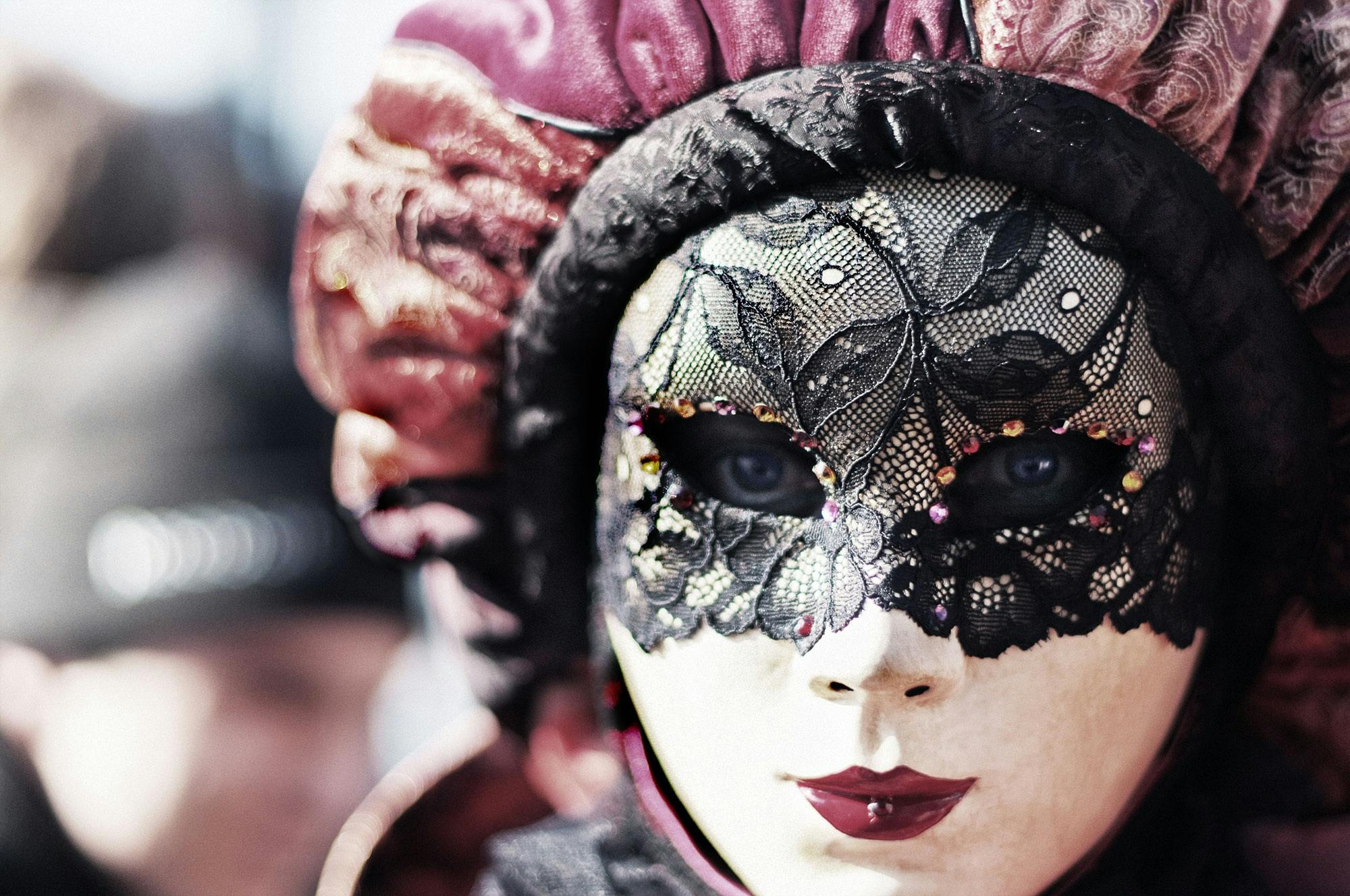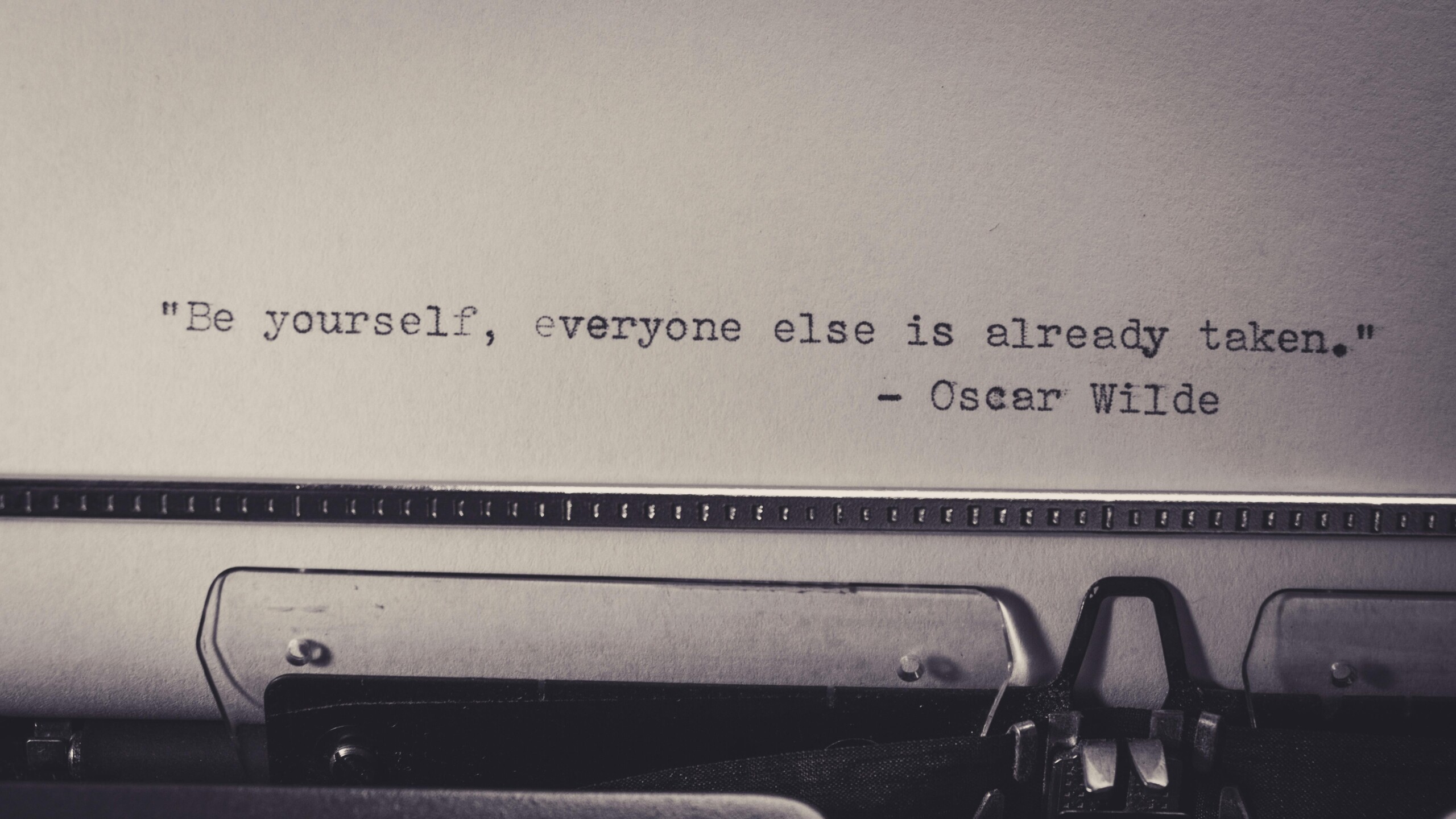We’ve all heard of social butterflies – people who flit around parties and events, much like a butterfly might view a flower. They engage with everyone, are well-loved, and exude charm. But have you ever heard of social chameleons?
Social chameleons, like butterflies, tend to be extroverted, interacting with many different groups of people. However, they begin to differ in their methods of connecting. A social chameleon, as the name suggests, blends in, adapting to those around them. They observe behaviour and mimic it as a way to get closer and fit in.
Highly Self-Monitoring

Self-monitoring is a trait that most people exhibit to some degree. It involves being aware of your actions, observing yourself, and considering the things you do. You take into account your emotions and reactions, which helps regulate your next course of action. Essentially, it’s a way of adapting.
Social chameleons tend to have a higher level of self-monitoring. It’s a trait essential for adjusting your behaviour to the people around you. For example, a chameleon might alter their personality to appear more calm in the presence of a relaxed group, while with more adventurous friends, they would adjust their reactions accordingly, becoming more excitable.
Adapting to Everyone

Chameleons (the animals) have the ability to change their appearance to match their surroundings, like changing clothes. These reptiles are masters of disguise, fitting in seamlessly with little to no issue. Likewise, social chameleons have that same ability to blend in.
Perhaps they can’t change their eye shape or skin colour. However, what they can change is the way they act and the things they say. They’ll adapt, echoing the likes and dislikes of the people around them, helping them to slip right into place.
Multiple Versions

With traits like self-monitoring and the ability to adapt, social chameleons have the impressive skill of curating multiple versions of themselves. They fine-tune a personality to show to every different friend group, ensuring that each version fits in with no problems, undoubtedly having a place in that group.
Having all of these identities is no doubt a useful skill. It also helps to make sure that the chameleon will fit in anywhere and doesn’t have to worry about exclusion. After all, they’ve created the perfect personality to fit in. There are no problems. Right? But even with these impressive abilities, being a social chameleon isn’t always a good thing.
Hide True Self

Something many people can relate to is the journey of self-discovery. Do we really know who we are? Everyone faces an identity crisis at some point in their lives, struggling to understand who they are as individuals and to establish their place in the world.
A social chameleon is constantly hiding their true personality from others. By presenting different versions of themselves, they prevent anyone from seeing their authentic self – the version with their own thoughts and opinions. This is because the original self might not fit in. This fear causes them to suppress their true identity, hiding behind the carefully constructed personas they’ve built.
Good at Masking

Carving out new personalities also requires a social chameleon to suppress some of their own opinions. They want to align with the views of those around them, which means discarding any opposing thoughts.
So, when someone expresses an opinion they disagree with, they simply cover it up, agreeing and adjusting their stance to suit the person they’re with. They mask their true thoughts and emotions, never truly sharing what they think, but only what others want to hear.
Loss of True Self

By masking their real thoughts, hiding their opinions and burying them so deep underneath, the biggest downside of being a social chameleon is the loss of self. When you’ve woven so many layers to appeal to everyone, you start to lose sight of your actual thoughts.
Do you really like this colour? Or was it just an idea that was planted to fit in with others? With so many multiple versions of themselves, a social chameleon would start to struggle to find themselves. Just which one is the real one?

Being a social chameleon comes with its benefits. It’s not a bad thing to engage with other people and to find common ground. However, when it comes to disposing of your own thoughts so that you’ll fit in better, it becomes detrimental to a person’s sense of self.
Everything is good in moderation, and that includes being a chameleon. You don’t have to try too hard to blend in when you can be yourself. If someone doesn’t like who you are, then perhaps you should consider that they shouldn’t be your friend.
Sources: Psychology Today, PsychCentral, Medium (1)(2), Verywell Mind
Janae Lee contributed to this article.










